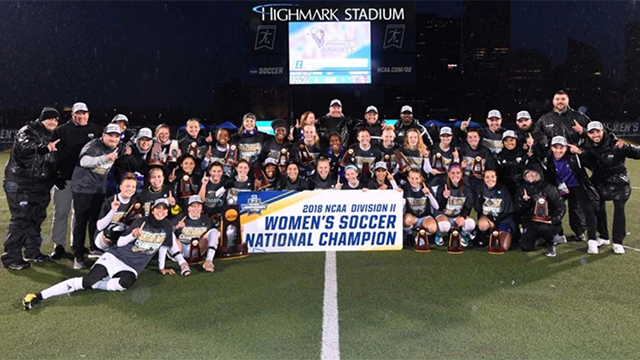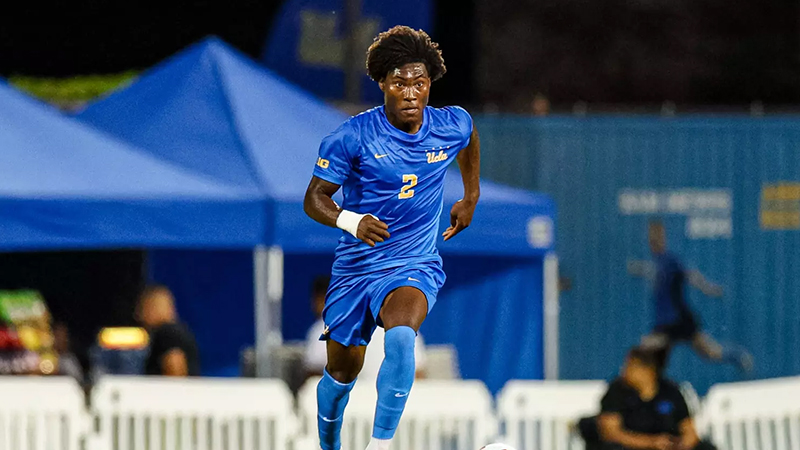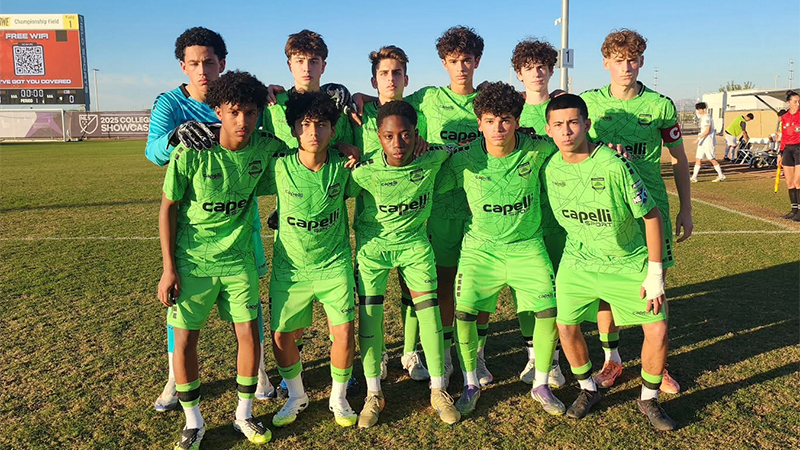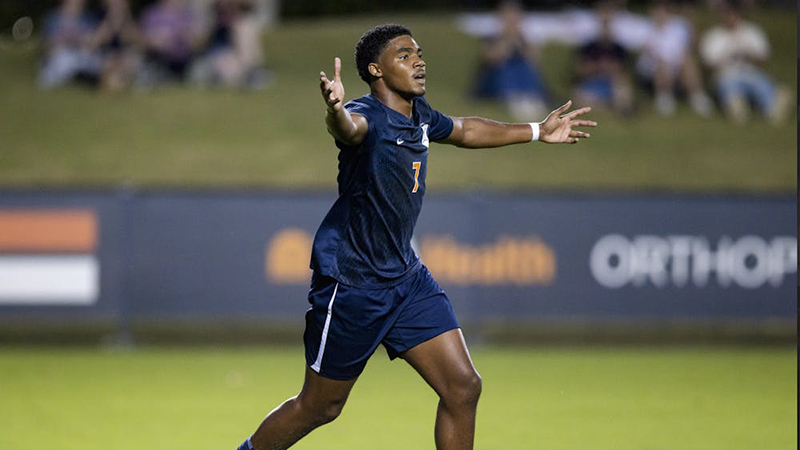Navigating the college soccer landscape

Understanding the landscape of college soccer is an important aspect of navigating through the college recruiting process.
-
What are your chances to play in college?
-
How many college soccer programs are there?
-
Where can I receive athletic scholarship?
-
What is the time commitment to play college soccer?
Odds to Play College Soccer
|
Men |
Women |
|
|
Number of High School Soccer Players |
456,362 |
390,482 |
|
Number of College Soccer Players |
39,858 |
39,204 |
|
% of US High School Soccer Players competing at any College Level |
7.5% |
9.4% |
|
% of US High School Soccer Players Competing at NCAA I Schools |
1% |
2.1% |
College Soccer Programs
If you have the burning desire to play soccer at the next level there is a school out there for you. There are over 1,600 colleges and universities that offer the opportunity to play soccer at the varsity level.
|
Division |
# of Programs |
|
|
Men |
Women |
|
|
NCAA Division I |
204 |
333 |
|
NCAA Division II |
213 |
265 |
|
NCAA Division III |
416 |
441 |
|
NAIA |
188 |
189 |
|
NJCAA |
223 |
193 |
|
Other |
203 |
176 |
Athletic Scholarships
Student-Athletes can receive a scholarship for soccer at the NCAA Division I and II levels, as well as NAIA, and the NJCAA. There is a maximum number of scholarships that each program is allowed to offer to its players. Soccer is considered an Equivalency sport which means coaches can offer partial scholarships up to the maximum amount allowed. For example, a fully funded DI Women’s program can offer up to 14 full scholarships and those scholarships can be divided however the coach sees fit.
|
Men |
Women |
|||
|
Division |
Max. Scholarships |
Average Scholarship |
Max. Scholarships |
Average Scholarship |
|
NCAA Division I |
9.9 |
$16,200 |
14 |
$17,100 |
|
NCAA Division II |
9 |
$6,300 |
9 |
$7,700 |
|
NCAA Division III |
N/A |
N/A |
N/A |
N/A |
|
NAIA |
12 |
$6,500 |
12 |
$7,000 |
|
NJCAA |
24 |
$1,700 |
24 |
$2,100 |
*Source: All Statistics are found on www.scholarshipstats.com/soccer *
NCAA Division III programs do not offer athletic scholarships, but they do offer merit scholarships which are academic in nature but also takes in account a students complete profile. Many DI and DII private institutions are able to combine academic financial aid with athletic aid to create a financial package. When you begin researching schools you should find out what the Average Net Cost is, that is what is the average cost that student pays to attend that college or university.
Time Commitment
To be a college student-athlete requires a great deal of your time dedicated to both your academic and athletic responsibilities. If you are attending a 4 year school you are required to be enrolled in a minimum of 12 credits. The credits represent the time you are in the classroom per week. Experts say you should spend at least 1.5 - 2 times of classroom hours doing work outside of the class. Academically, you will be spending anywhere from 25-30 hours dedicated to your academics.
The NCAA requires that teams can only spend a maximum of 20 hours a week on activities related to their sports which include practices, conditioning, lifting, and watching film. The In-Season requirements is the same for NCAA Division I, II, and III. Where they differ is in the off-season from the months of January to May.
To be a college student-athlete at any level during their Championship season a student-athlete will spend at least 40 hours dedicated to their academics and athletics. So yes, to play a sport in college is like having a full time job because your academics is part of the job.
Ask yourself these questions
-
Are you prepared and willing to make the sacrifice and commitment it takes to make your sport a priority next to your academics?
-
Will you commit to the process? Will you invest your time and energy into the steps necessary to find the right fit?
-
Will you need your sport to help you get into the college of your choice? Academics play a big role in the college admission process.
-
Will you need a scholarship (academic or athletic) to help pay for your education?
-
Do you have the ability to play soccer at the next level? How do your abilities compare with teammates and opponents who also aspire to play in college. Keep in mind, you can compare your athletic abilities to other players but you should never compare your process to another players. Everyone’s recruiting process is different and every college coach is looking for something different.
Start navigating through the college recruiting process using Designing Your Pathway to College Sports Curriculum, whether you are a freshman, sophomore, junior, or even senior it’s never too early or too late to start the recruiting process.
Complete your Personal Development Plan to identify your strengths and weaknesses, on and off the field, establish your goals, and create your personal mission statement.
Visit www.GuidingFutureStarsAcademy to join the GFS Tribe and start learning about the college recruiting process the #GFSWay
Headlines
- Recruiting Roundup: December 15-21
- How Do I Get Scouted by TopDrawerSoccer?
- 2026 Women's Division I Transfer Tracker
- TDS Boys Regional Rankings: Class of 2027
- 2026 Major League Soccer Mock Draft
- Women's College Postseason Top 100 Players
-
Top MLS Academy Alumni Performances

-
MLS NEXT Fest: U15/16 Goal-Scoring Stars

-
Commitments: HS Star heads to Portland

-
Player Rankings Spotlight: 2026 Girls




